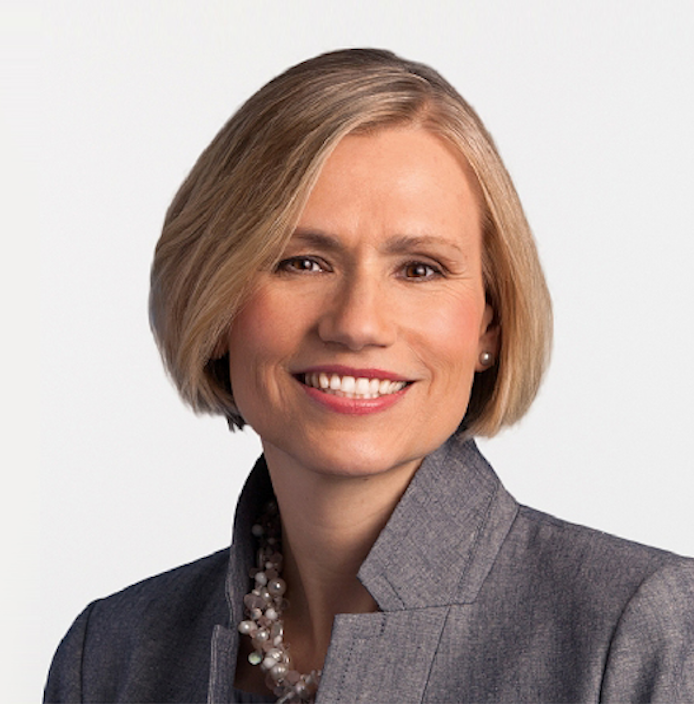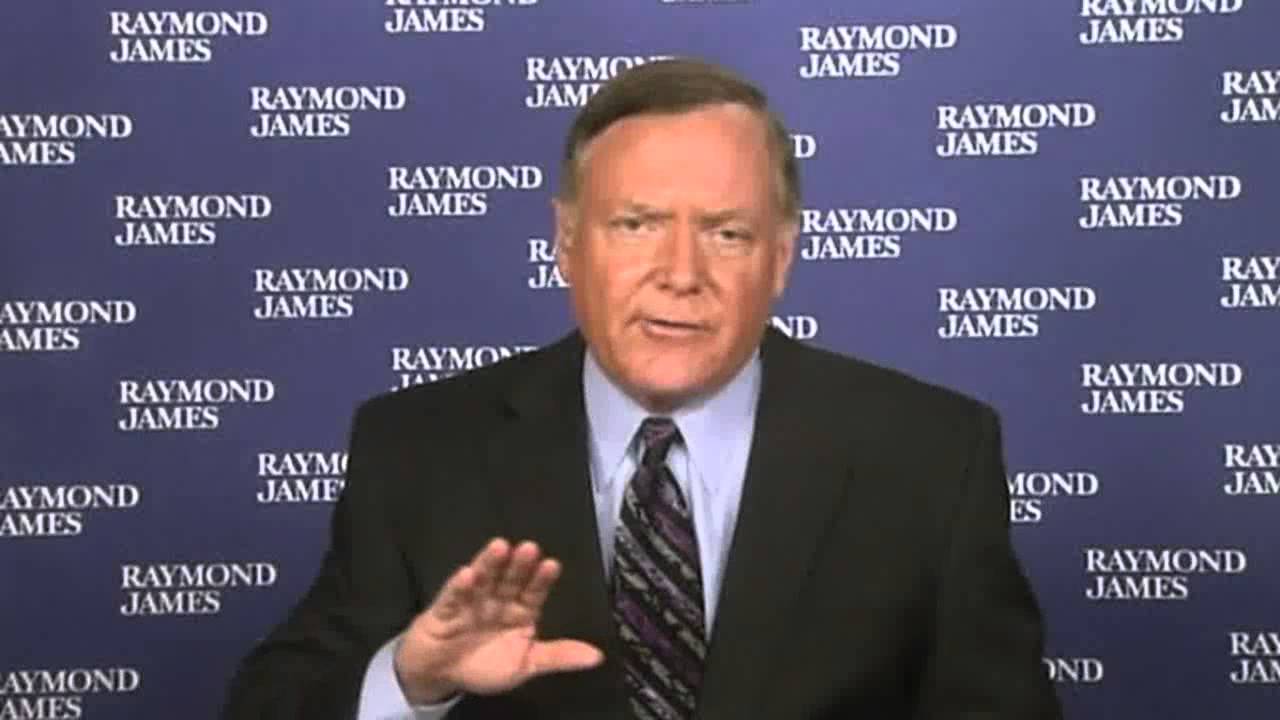by Kristina Hooper, Invesco Canada
In the past several months, we have seen central banks make an abrupt turn toward a more dovish monetary policy stance. The initial assumption by markets was that this was a decisive turn. However, more recent communications suggest otherwise. As doubts about economic growth continue to grow, so does uncertainty about the path of policy.
Will the Fed raise rates – or cut them?
For example, the release of the March Federal Open Market Committee (FOMC) meeting minutes several weeks ago indicated that the next move by the Federal Reserve (Fed) was equally likely to be a hike or a cut. Recent comments from FOMC members have reinforced the notion that the Fed doesn’t know whether its next move will be up or down – but it’s comfortable sitting in a holding pattern for the time being. [backc url='http://www.dynamic.ca/leadership/eng/active.html?fund=dreii2f&utm_source=aa&utm_medium=banner&utm_campaign=alts_2019&utm_content=dreii2f']
In a speech two weeks ago, Fed Vice Chair Richard Clarida expressed his belief that the U.S. economy is “in a good place” but that “the incoming data have revealed signs that U.S. economic growth is slowing somewhat from 2018’s robust pace.”1 He added, “Prospects for foreign economic growth have been marked down, and important international risks, such as Brexit, remain.”1
Last week, Chicago Fed President Charles Evans explained that he still expects the Fed to raise rates given what seems like a solid economic outlook, but he also believes there is a good chance the Fed could cut rates. He explained that he believes the current rate of 2.25% to 2.50% is at “about neutral” in terms of its effect on the economy, which means it is “a good place to be” because it gives the central bank the flexibility to either raise or cut rates – which is needed in uncertain times.2 Evans could see rates staying at current levels until the fall of 2020, which would be a very long holding pattern. Interestingly, Evans suggested that if inflation is running well below the Fed’s target, that could provide a rationale for the Fed to cut rates. His argument is that, if inflation is running too low, it suggests current monetary policy is restrictive.
China and Europe question the path for growth
There is a similar sentiment coming from other government entities. Despite recent positive economic data, China remains concerned about growth for 2019. A recent politburo meeting chaired by President Xi Jinping warned that while first quarter gross domestic product (GDP) growth positively surprised, the economy still faces headwinds. The Chinese government is not sure current economic growth is sustainable, explaining in a statement: “The external economic environment is generally tightening and the domestic economy is under downward pressure.” As reported by official news agency Xinhua, the politburo explained their perspective: “While fully affirming the achievements, we should clearly see that there are still many difficulties and problems in economic operations.” China is clearly not confident that the economic turnaround is sustainable, which is being used as a justification to maintain and even increase policy stimulus. Xinhua reported that China will continue with proactive fiscal policy but that it “will become more forceful and effective,” and that monetary policy “will be neither too tight nor too loose.”
Meanwhile, the European Central Bank (ECB) is in a holding pattern, compelled to backtrack on its plans to finally raise rates given recent data showing greater weakness. President Mario Draghi this week was optimistic that economic growth would improve for the eurozone in the back half of the year, arguing that many of the global forces exerting downward pressure on eurozone growth appear to be on the decline. However, he acknowledged that other factors could negatively impact growth, including the risk of a hard Brexit and a global trade war. This suggests that there are real question marks around the next step for the ECB.
In short, governmental entities are hoping for the best, but have a lot of uncertainty about the outlook – and so are planning for the possibility of something worse.
I happen to be optimistic that growth should continue to improve for China, and that China’s ratcheting up of fiscal stimulus should help to ensure that. This should in turn positively impact eurozone growth – with a lag. Recall that Draghi recently explained, “The outlook for the euro area fundamentally depends on global growth momentum,”3 and that in turn has a lot do with China. I do expect U.S. growth to weaken modestly later this year, but to remain relatively solid. However, I must admit there is much uncertainty in the air, and so we will need to follow the data closely as well as developments vis a vis trade.
What to watch this week
The coming week is an important one for investors around the world, and should provide some clues about the economic growth picture in the coming months. Here are some key dates/events to focus on:
- April 24-25 will be the next Bank of Japan (BOJ) meeting. No major policy change is expected, but it is widely believed that the BOJ will lower its near-term growth and inflation forecasts – which would be helpful in shaping global growth expectations for the year. This in turn could trigger a discussion about further easing measures among BOJ Policy Board members. The BOJ could be a test case in terms of what other experimental tools could be used to provide monetary policy stimulus.
- On April 26, the first estimate of first-quarter GDP growth for the U.S. will be released. Over the last several months, we have seen significant fluctuations in the Atlanta Fed’s GDPNow barometer for first-quarter growth. This GDP print could be above 2% annualized for the first quarter, well above what had been expected just a month or two ago. However, we will want to take a deeper dive into the components. In particular, a drop in business investment may indicate that economic policy uncertainty continues to weigh on capital spending. This would reflect the continued damage created by ongoing trade conflicts, which has created economic policy uncertainty – and which shows no signs of ending any time soon.
- Several central banks, including the Bank of Canada, have monetary policy meetings this coming week, possibly offering additional insights into growth expectations.
- More than 140 companies in the S&P 500 Index are expected to report earnings this week. The outlooks shared by their management teams should also help provide some insight into economic growth expectations for the rest of 2019.
This post was originally published at Invesco Canada Blog
Copyright © Invesco Canada Blog














